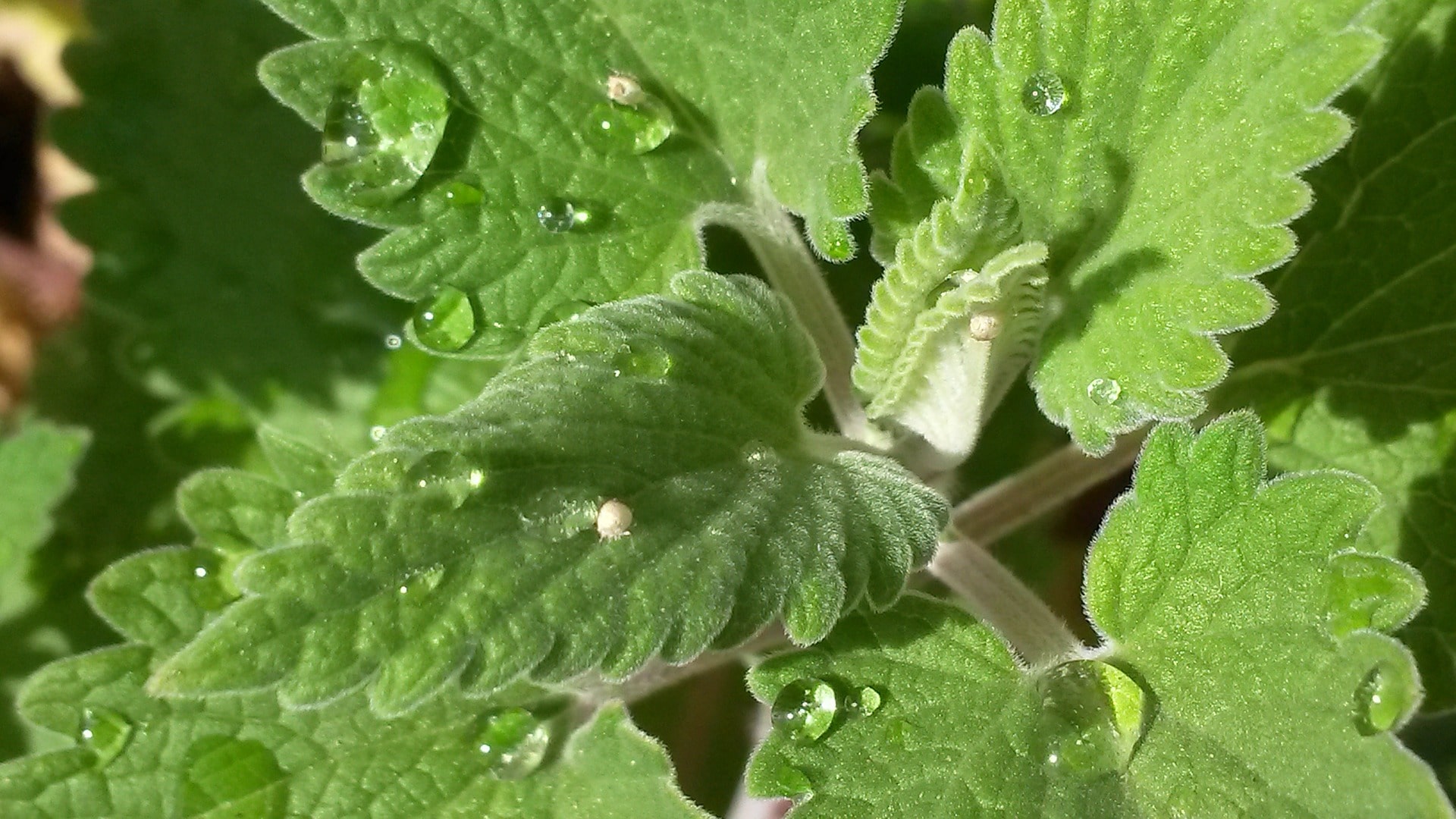It’s easy learning how to propagate catmint either by seeds, cuttings, and divisions. This perennial is as easy to root as other houseplants like geranium, and the plant’s survival rate will even be higher if you use a greenhouse. For starters, the controlled indoor environment should support seeds’ germination and grow healthy catmints to provide cuttings and divisions for propagation.
Catmints are long-blooming perennials that are well-loved by all humans and cats alike. They work well with other beautiful flowers like lavender and roses to create a beautiful and lively garden. Additionally, catmints are relatively easy to grow due to being resistant to pests, diseases, and challenging temperatures that it thrives in hardiness zones 4 to 8.

The Best Way How To Propagate Catmint
You can propagate catmint from seeds, cuttings, or divisions. However, the best way to propagate catmint is from cuttings and divisions.
Can you propagate catmint from seeds?
It’s not common to propagate catmint from seeds because it’s not reliable due to sterile hybrids. This isn’t immediately bad since sterile plants save you the hassle of weeding with self-seeding plants. Gardeners often use catmint hybrids, so using cuttings or clump division is the only way to propagate them.
How to propagate catmint from divisions and cuttings?
Via clump division
Growing catmints in the greenhouse should help you get healthy plants for divisions and cuttings. For the former, you want to use plants that are around three or five years old. What’s excellent with catmints is that their root system is clumping, so all roots grow from one crown.
The clump should also be established in spring for division in late September or early October. Take a vertical section from the established cluster using a sharp and sterilized knife. An established fleshy crown should allow you to get plenty of small sections.
However, remember that each division has a good root system and several young shoots or at least one developing growth eye or bump. Afterward, make sure to replant these clumps immediately at the same depth they were in before. And like with propagating divisions from any plant, don’t forget to water them well to establish themselves.
Via cuttings
You can also propagate your catmint from cuttings. Use cuttings from the healthy shoots that established themselves in the spring. They are just about to form flower buds, but you can also take three to six inches softwood cuttings in early summer.
Remember that the plant you’re taking cuttings from should be well-hydrated, so water it well before you collect cuttings in the morning. This time is ideal so that the plants have enough water in their system. For the process itself, remember to use sterilized and sharp scissors to prevent damages and contamination.
You want to cut below a set of leaves where each cutting should get three sets of leaves. Remove the leaves at the low part of the cutting and trim off any flower buds. You can also trim back all the remaining leaves until you’re left with half of their number.
Plant the cuttings right away in a moist medium such as perlite, vermiculite, or peat-perlite mix. Poke a 6-inch hole with 4 inches of spacing for each cutting. Dip the cutting in rooting hormone to support its growth and seal the pot in a clear plastic bag to maintain moisture.
How To Grow Catmint?
Your propagation should be successful when you provide the ideal conditions for your cuttings or divisions. You’ll notice that both methods require watering afterward to support your plants’ growth, and once they are established, they can tolerate drought. They require daily misting for cuttings, and the divisions will fail to thrive if the soil is dry.
However, remember that while catmint is a low-maintenance plant, it’s still better to provide its preferred growing conditions. For example, the rooting container for catmint is best in an area that is not receiving direct sunlight but is still bright. Gardeners also recommend maintaining the location’s temperature between 70 to 75°F, which is more convenient to achieve in the greenhouse.
What soil should you use for catmint? Of course, a well-draining and fertile soil is the best for catmint, and the soil type will depend on your specific species. You can also add compost in the fall, but like with watering, catmint can thrive on its own once it’s rooted.
Gardeners noted that feeding catmints too much will encourage flimsy foliage. Speaking of which, you can also deadhead your plants to get a lush second bloom. Overall, you can expect the plants to bloom in early summer and repeat throughout the growing season.
Conclusion
Cat or not, the catmint is undoubtedly an exciting plant that anyone can quickly love. If you have existing plants, the next step is learning how to propagate catmint so you can have more of this bright and aromatic herb. Most catmint hybrids are sterile, so you can’t use seeds.
Therefore, you can instead propagate them using your existing established plants either by clump divisions or cuttings. Both methods are straightforward, and your plants should thrive, given that you’ve watered them well and are in an environment like the greenhouse. Once the young plants are rooted, you don’t need to do much maintenance.
